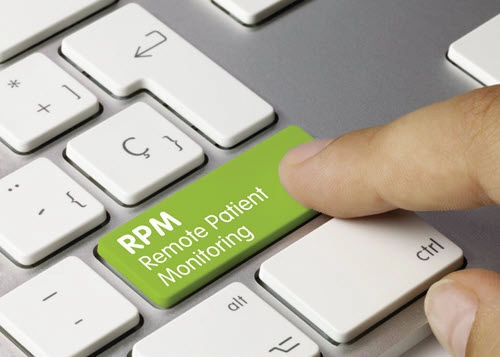Bolster Patient Care With an RPM Program
Question: Our practice sees a lot of patients with chronic diseases, and we are exploring the use of remote patient monitoring to track our patients’ health. Do you have any tips to help us get the program off the ground? AAPC Forum Participant Answer: Remote patient monitoring (RPM) is a great option for keeping tabs on your patient’s condition after a procedure or if they suffer from a chronic disease. An RPM program allows providers to connect with patients if they’re located in remote areas that are hard to access. This remote connection is also beneficial to the patient, as they don’t have to travel if they’re experiencing pain after the procedure or schedule additional appointments that may require time off from work. One aspect to remember with an RPM is any data collection needs to meet HIPAA compliance. Your patient’s data must be secured and correctly integrated into your practice’s data management system to protect their privacy. Make sure to check with your practice’s IT department to ensure your organization has the infrastructure to support RPM. Finding the correct equipment for your patients is the next step. Several manufacturers on the market offer countless RPM devices but finding the right equipment for your patient’s needs will deliver the data providers need to ensure accurate care. At the same time, you want to make sure the equipment is user-friendly, as if it’s uncomfortable to wear or too complicated to operate, then the patient may not use the device correctly — or at all.

